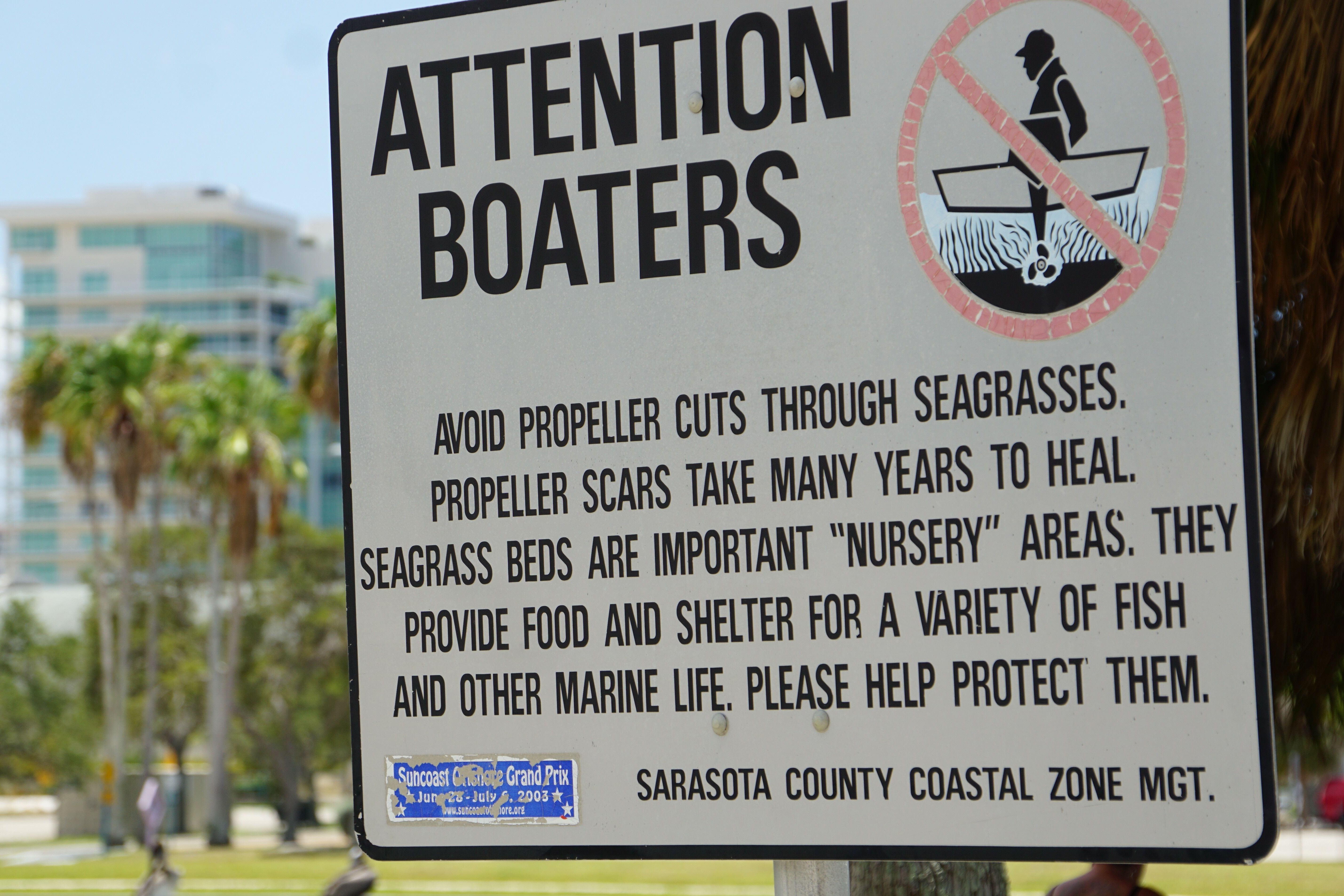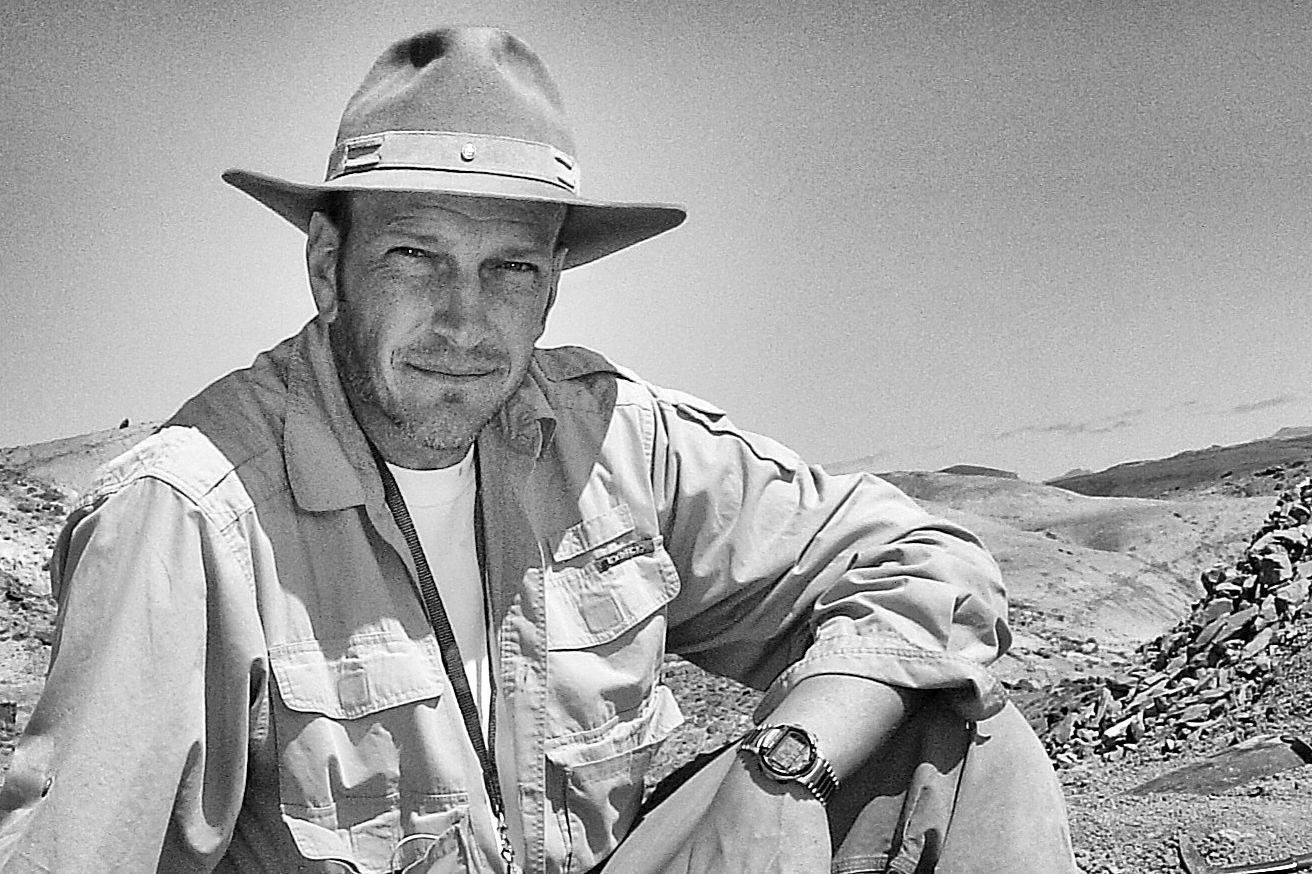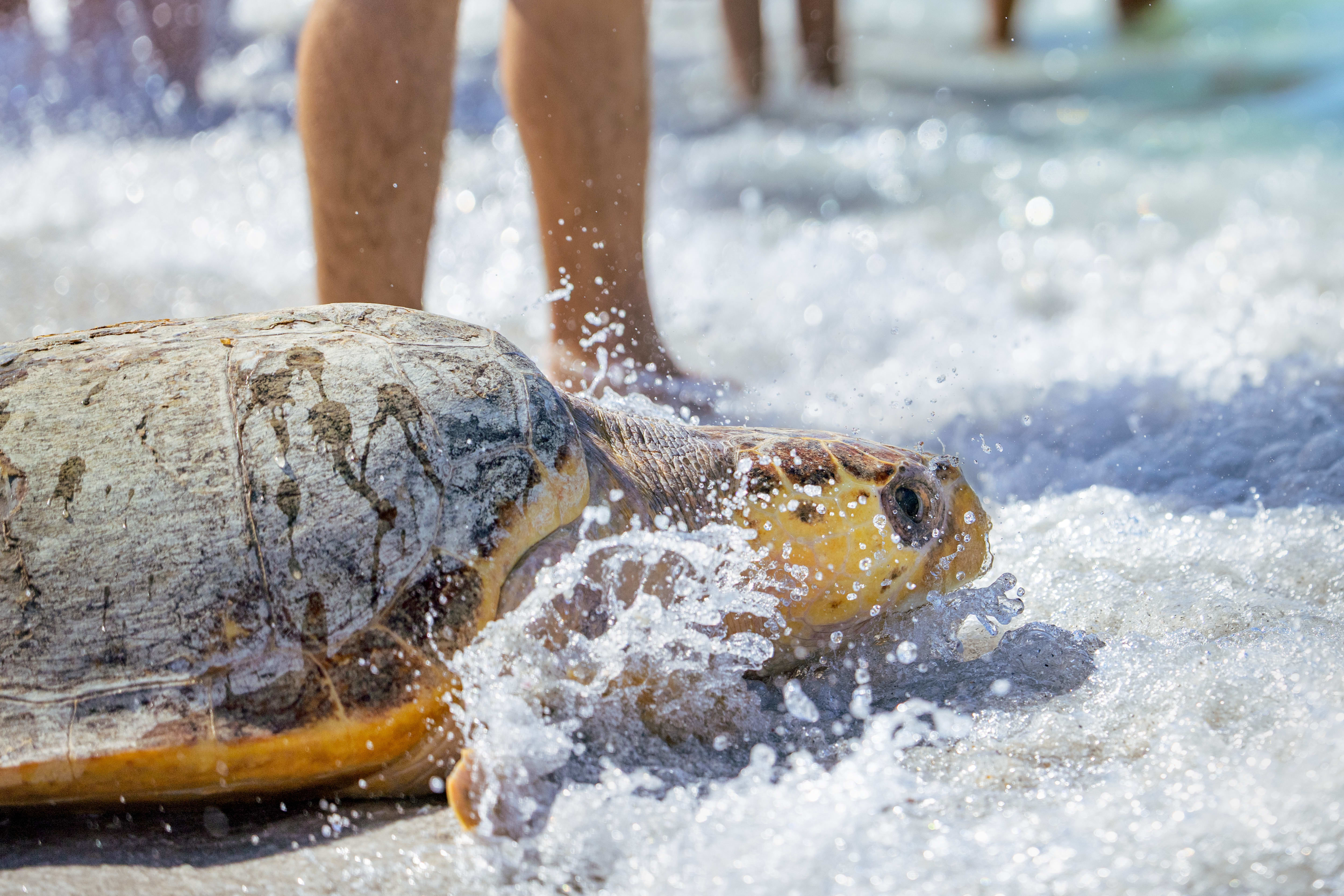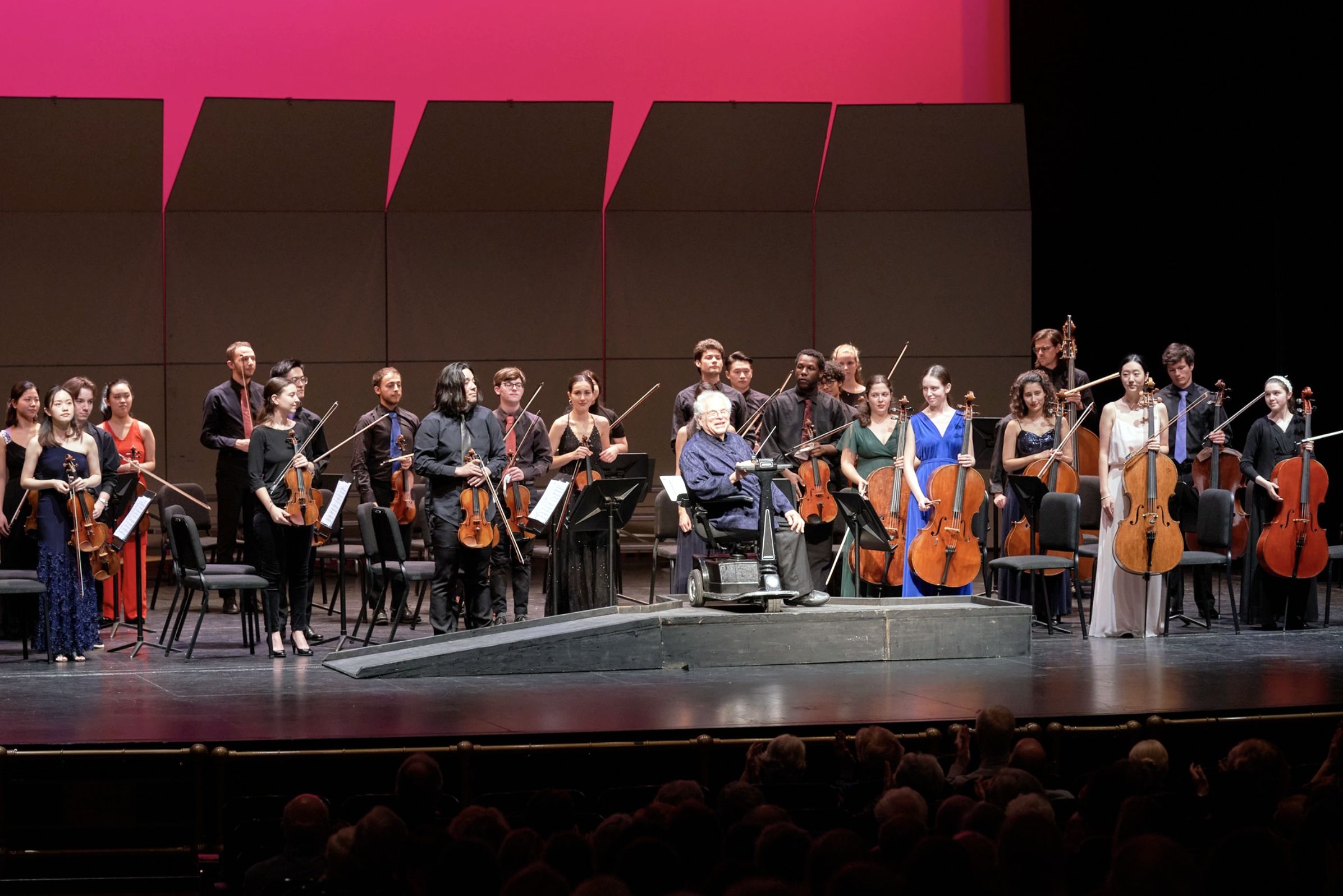Suncoast Waterkeeper's New Patrol Boat Helps Keep Local Waters Healthy

Patrolling local waterways with Suncoast Waterkeeper on the organization's new boat.
Image: Hannah Phillips
My day as a Suncoast Waterkeeper started at the Bahia Mar West Marina boat ramp in Bradenton, with the August heat already bearing down on us before 9 a.m. Suncoast Waterkeeper is a nonprofit that is dedicated to protecting and restoring local waterways through advocacy, education and enforcement, and has recently grown enough to purchase a patrol boat, which gives it a more direct way to observe and monitor our local waters.
Until now, the organization has relied on reports from others to identify environmental concerns. The boat provides the group an increased ability to analyze situations as they arise, which will hopefully help the organization respond with quicker, more proactive solutions.
Equipped with water bottles, cameras and a Power Pole–donated to Suncoast Waterkeeper to safely anchor the new patrol boat without harming seagrass—we hopped aboard and slowly made our way out to Sarasota Bay. Prior to being used by the Waterkeeper, the boat was used for dolphin sightseeing tours. It seems like synchronicity that a vessel that was first used to marvel at the beauty of the area is now being used to ensure its preservation.
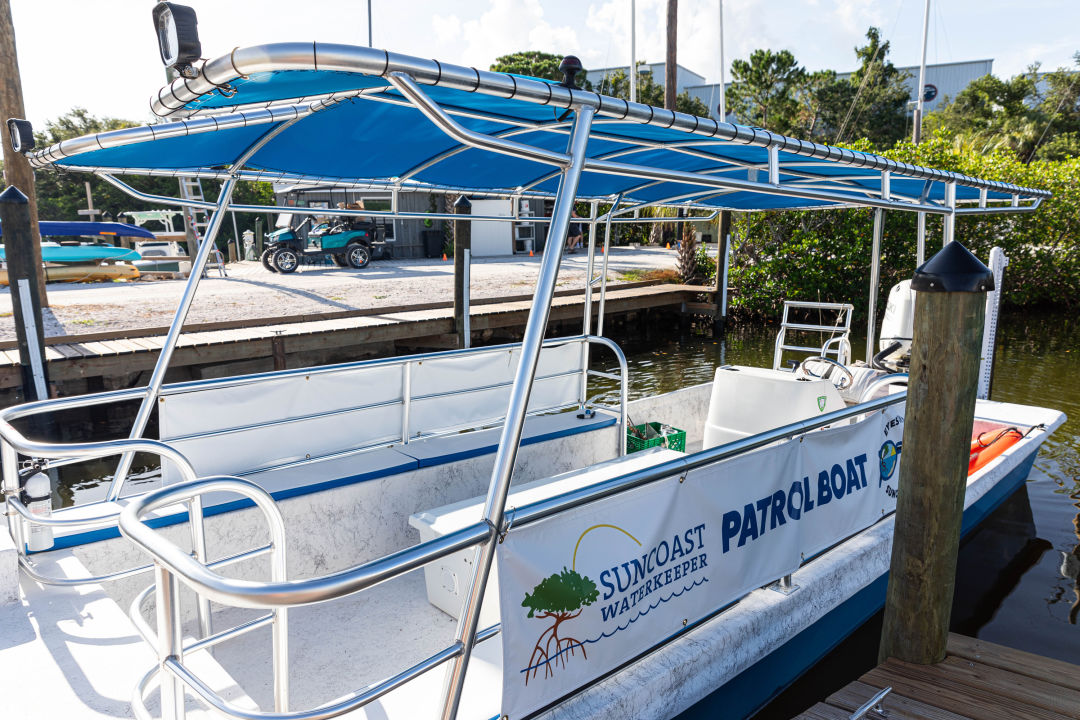
The new Suncoast Waterkeeper patrol boat was previously used for dolphin sightseeing tours.
Image: Hannah Phillips
Before we even exited the first canal, we encountered mangrove trimming violations. Mangroves are one of the Waterkeeper’s main areas of focus, not only because of the trees' importance to our environment, but because of how often laws surrounding them are broken.
The majority of places with illegally hedged mangroves weren’t single-family homes, I noticed, but instead areas of major development. When mangroves are trimmed incorrectly, their performance as carbon absorbers, habitat providers and shoreline protectors is reduced. Plus, certain actions—like leaving chopped limbs in the water—can decrease water quality.
“We aren’t against development or growth," says Suncoast Waterkeeper founder Justin Bloom. "We just want to make sure there are regulations that are good for the environment, and that they are enforced."
Our journey continued as we patrolled the bay’s seagrass. Seagrass is typically a strong indicator of a water body's quality. It works to absorb nutrients and stabilize sediment, which can reduce erosion and keep our water clear, and also provides habitat and food for marine mammals like manatees. We observed healthy, thick patches of seagrass; however, seagrass in Sarasota Bay has been in decline since 2016, causing environmental and economic concern.
“We can bring back this bay,” says Suncoast Waterkeeper chair Rusty Chinnis. “We just have to act, and act fast.”
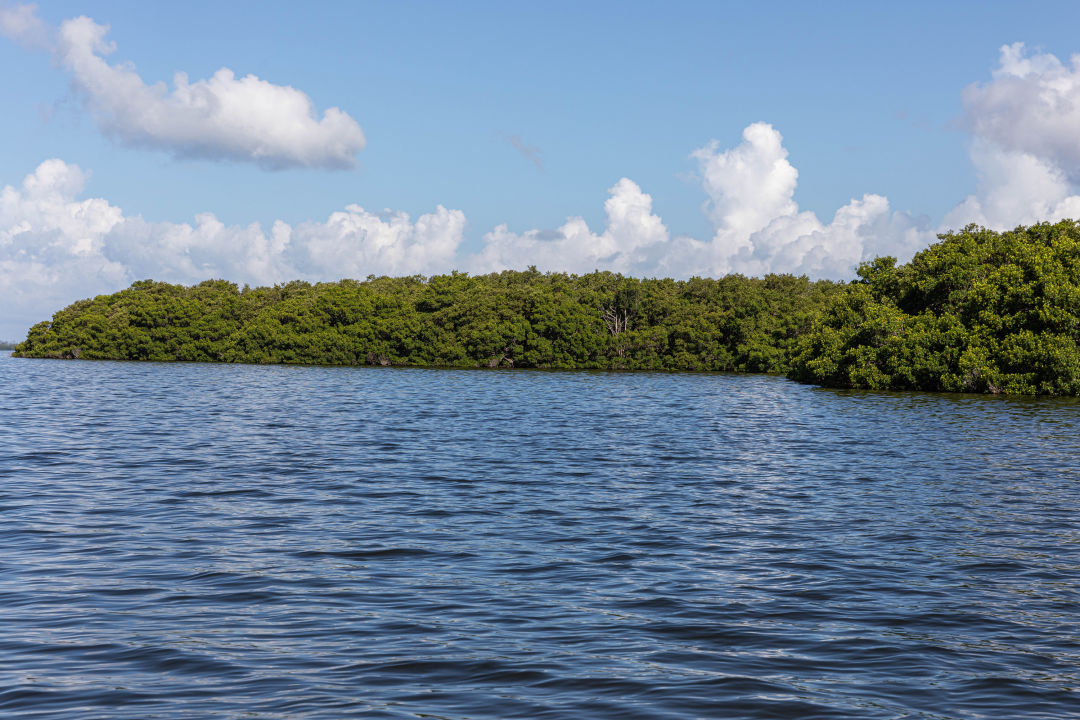
Tranquil blue waters in Sarasota Bay
Image: Hannah Phillips
In a span of only a few miles, our waterways can vary greatly. As we traveled from Sarasota Bay to the area near Robinson Preserve, we found seagrass that looked much different from what we originally applauded. Covering the surface was a brown, stinky algae. It’s commonly known as lyngbya.
Algal blooms are something the Waterkeeper fights to prevent. Lyngbya grows due to excess nutrients in the water, such as phosphorus, nitrogen and iron—all of which enter the water through dumping or runoff.
“This issue is human-caused,” says Suncoast Waterkeeper executive director and wetland scientist Abbey Tyrna. “Humans are the ones that need to come up with the solutions.”

A brown, stinky algae called lyngbya covers the waters.
Image: Hannah Phillips

More lyngbya algae, with the Sunshine Skyway bridge in the background.
Image: Hannah Phillips
But there's only so much the Waterkeeper can do without proactive measures by local governments. Waterkeeper members spoke about how lyngbya algae blooms are an example of ways local governments can reduce potential emergencies by acting before a situation gets out of hand. They spoke of potential cleanups and finding ways to scoop the toxic algae from the surface. Lyngbya decreases the function of seagrass and, when it decays, it adds even more nutrients to the water, threatening to create more algal blooms, including red tide.
We made a number of observations and experienced a range of emotions on our patrol ride—many of them in conflict with one another. There was a clear love for our waterways among the participants, but also frustration about the many environmental issues facing the region. Our conversations were filled with laughs and smiles, but also concern and anger. Hope was the most overwhelming feeling for me. To witness the knowledge and humongous hope the members of the Waterkeeper have for our environment was inspiring.
On the day of our ride, the water was clear and there were dozens of families out enjoying it. Every boat we passed noticed the Suncoast Waterkeeper banner hanging over the side of the boat and seemed happy to see us patrolling.
Witnessing the Suncoast through the eyes of a Waterkeeper made me think more critically about how we care for the place we call home. Our waterways are our livelihood and our pride—and they're much bigger than any of us. The least we can do to thank them for all they provide is to do our best to protect them.
